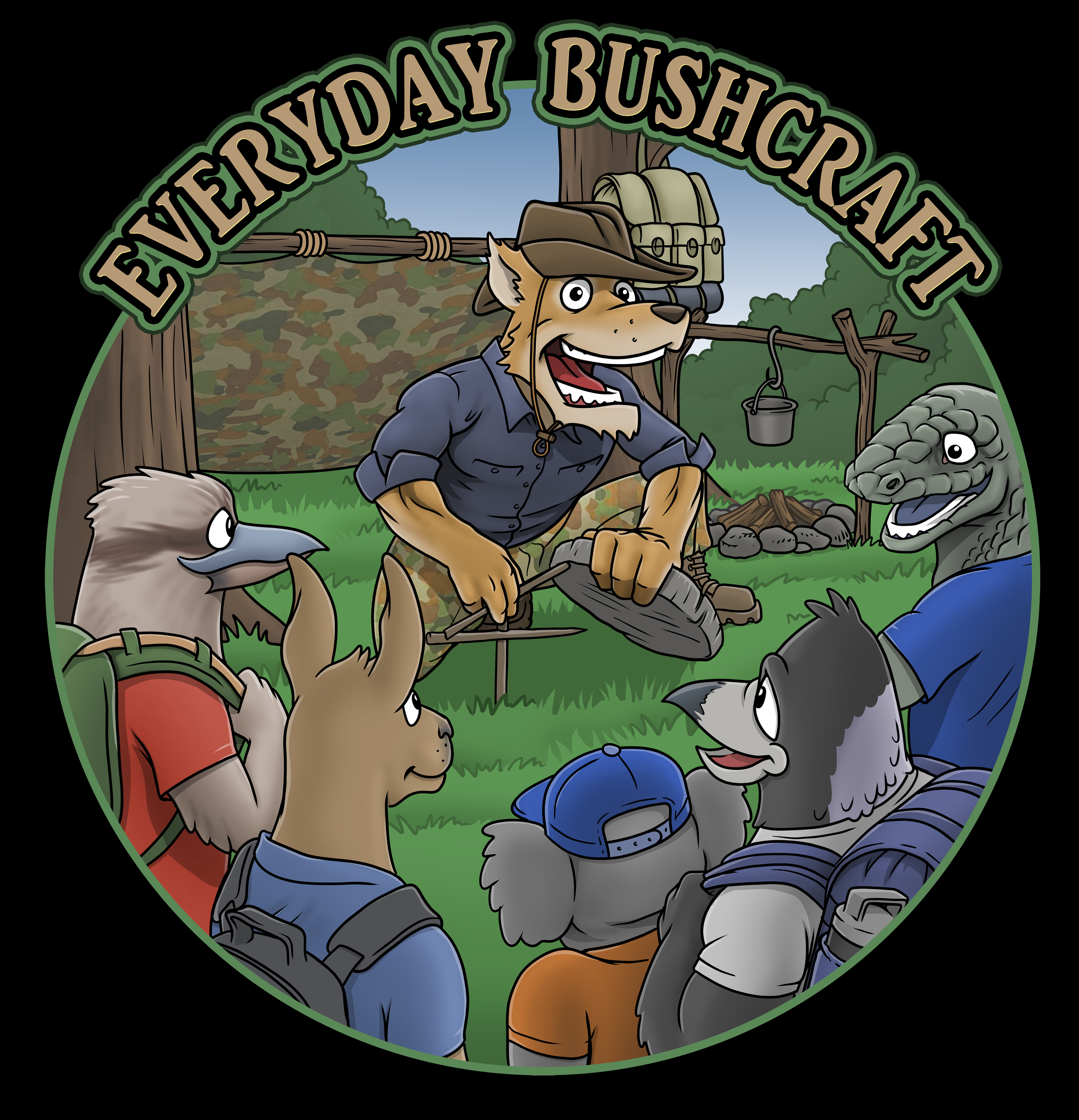
Skill no. 3 - Shelter
- gbucknell

- Apr 14
- 2 min read
Everyday Bushcraft Skill No. 3: Shelter – Building Safe Spaces Inside and Out
When we think of bushcraft, the image of a tarp strung between trees or a lean-to made from branches often comes to mind. Shelter is one of the core skills of survival—vital for protection against the elements. But in everyday bushcraft, the meaning of shelter runs deeper. It’s not just about staying dry in a storm. It’s about creating and recognising safe spaces in every part of our lives.
Physical Shelter: The Art of Knowing Your Environment
In the bush, shelter is about observation, adaptability, and preparation. You learn to read the landscape—watch the wind, track the sun, and anticipate the rain. You choose your location carefully. Too low, and you risk flooding. Too high, and you’re exposed. You learn to improvise with what you have, knowing that comfort isn’t the goal—safety is.
The same applies in life. Sometimes we throw ourselves into situations without assessing the risks—relationships, jobs, commitments—without stopping to ask, “Is this a safe place for me?” Just like in the bush, the wrong environment can wear us down.
Emotional Shelter: Who We Surround Ourselves With
In survival, you learn quickly that the people around you matter. A team that works together increases everyone’s chances. A group that fights or isolates will crumble. The same goes for life. Who we choose to associate with can either shelter us—or expose us to harm.
We all need emotional shelter—people who don’t just tolerate us but protect our dignity, challenge us with respect, and make us feel seen. If someone constantly leaves you feeling drained, unsafe, or invisible, they’re not part of your shelter. They’re part of the storm.
Building Your Shelter
Creating shelter is an active skill. You don’t wait for it to appear—you build it, piece by piece. In bushcraft, that might be with sticks, cordage, and a tarp. In life, it’s with boundaries, honest conversations, and learning to say no.
Ask yourself:
Who makes me feel safe, supported, and strong?
What spaces let me be myself without fear?
What tools do I have—within myself—to protect my mental and emotional health?
The Shelter Within
At its core, bushcraft teaches self-reliance. Even when you’re alone, you know how to protect yourself. Shelter isn’t just something you build—it’s something you carry within. It’s the calm you learn to find in the storm, the inner voice that says, “You’ve got this,” when things fall apart.
Everyday bushcraft isn’t just about surviving in the wilderness. It’s about thriving in life. And shelter—true, protective, nurturing shelter—is something we all need, and something we all have the power to create.
Want to learn more about the five essential skills of everyday bushcraft? Stay tuned for our next deep dive or explore the rest at Everyday Bushcraft.









Comments